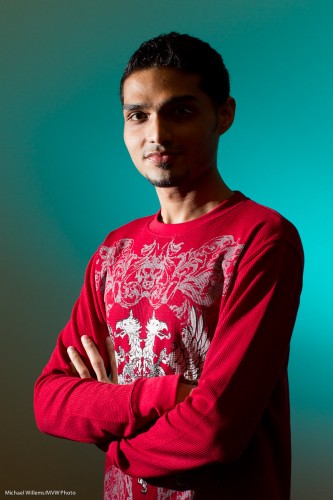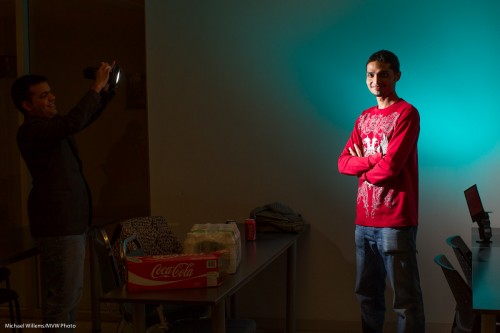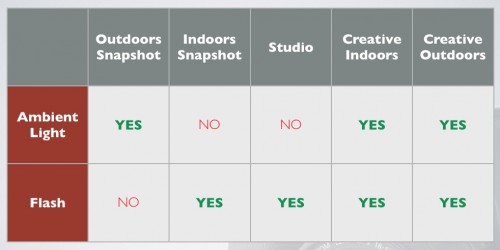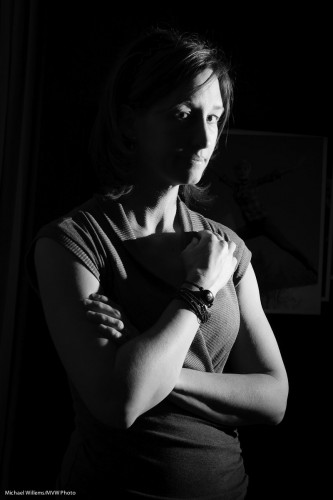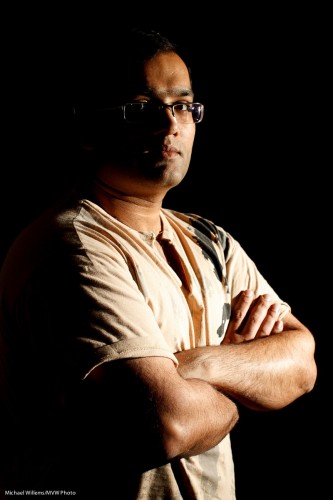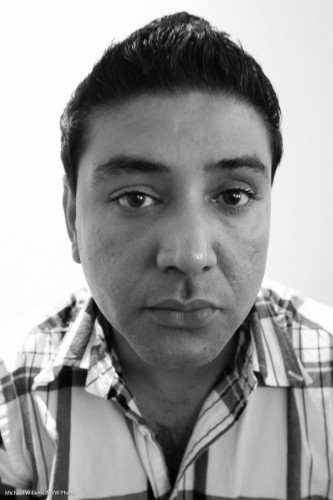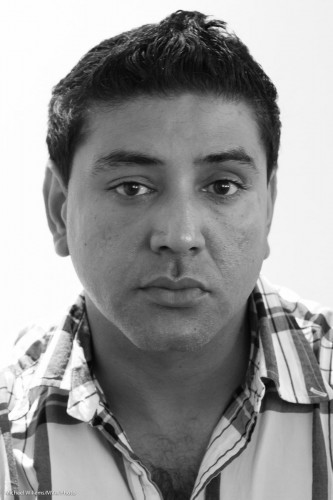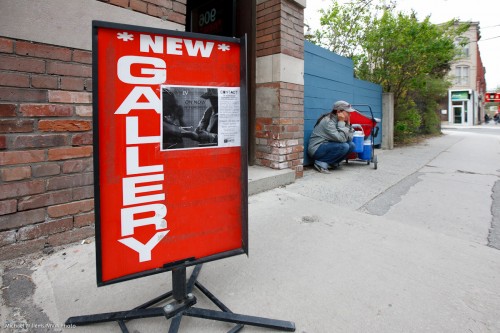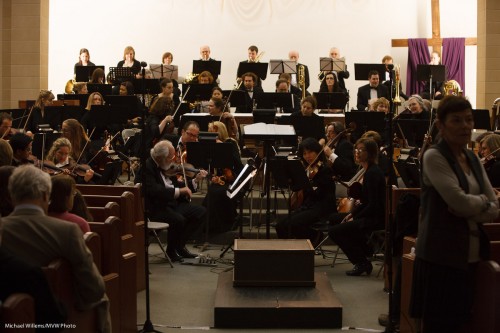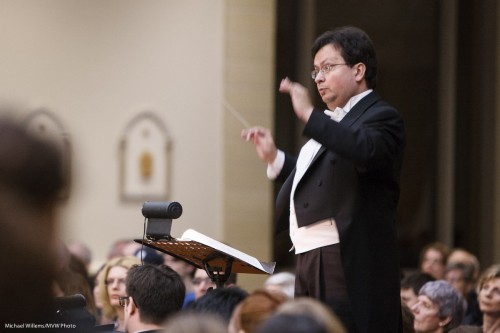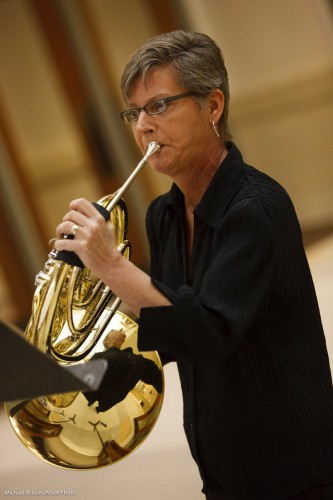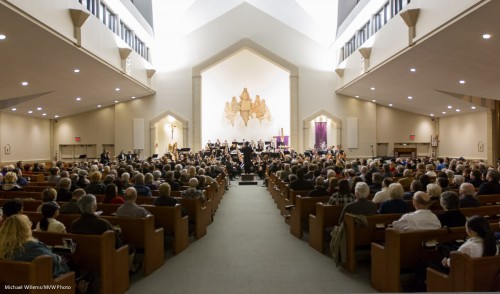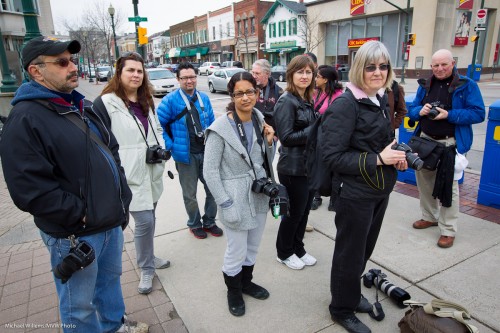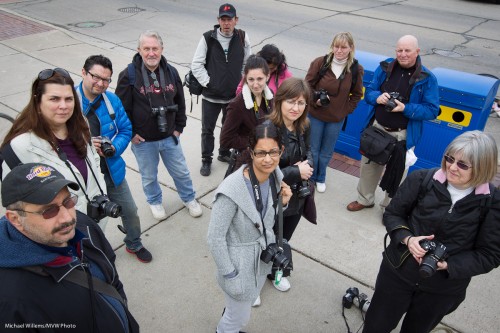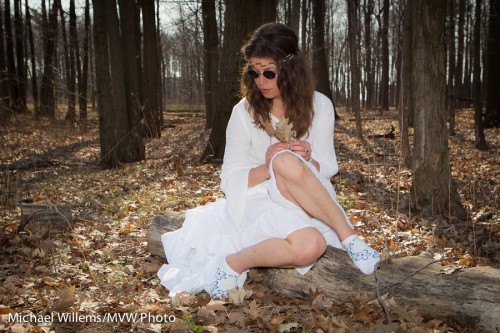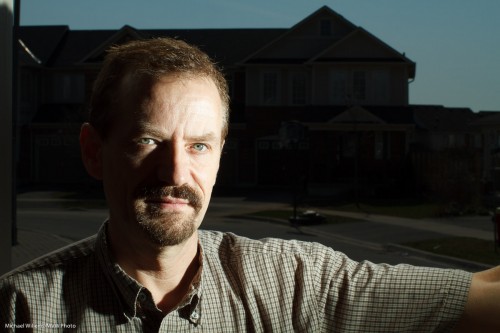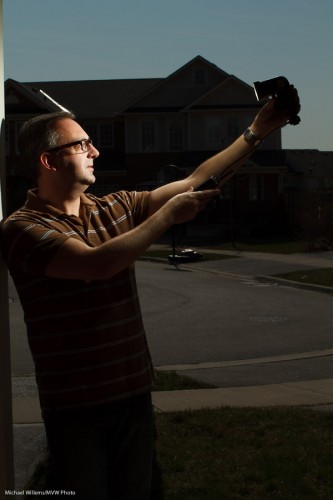When you use a simple bounced flash, always ask this:
“Where should the light be coming from?”.
And then that is where you point your flash.
So if during a custom workshop at Seneca College I want to light up Seneca student and reader Danny Lee with lighting that compliments a man and provides some modeling, I want light from the side – so I aim my flash behind me to the right:
If, on the other hand, I wanted to light him evenly, which makes the face look flat and featureless (and women like featureless because “featureless” also means “wrinkle-less), I would aim the flash straight behind me:
So today’s lesson: always watch where your flash is aimed, and enusre that that is where you would like the light to be coming from.




